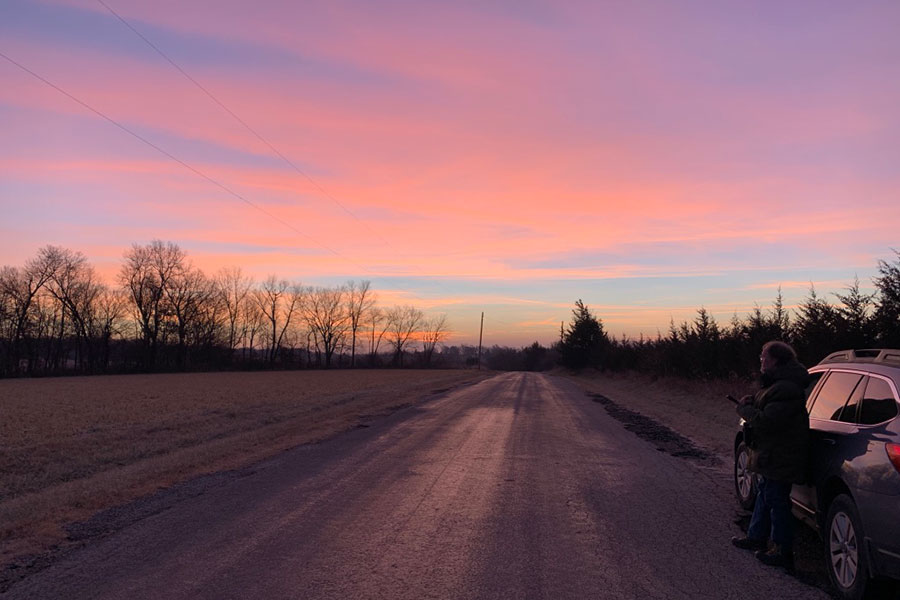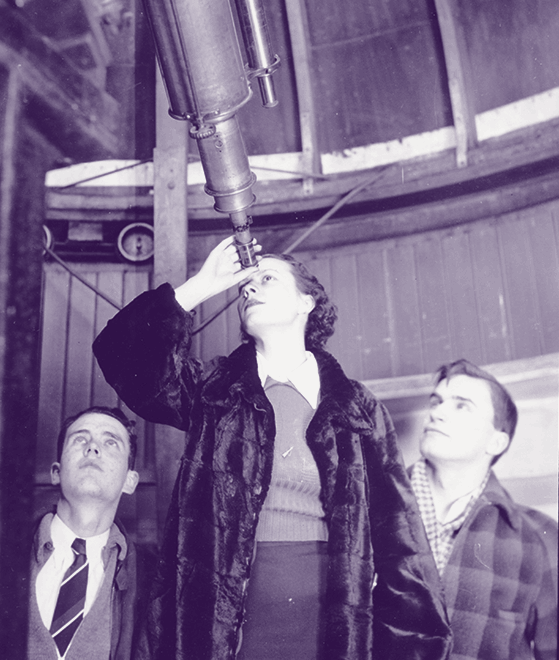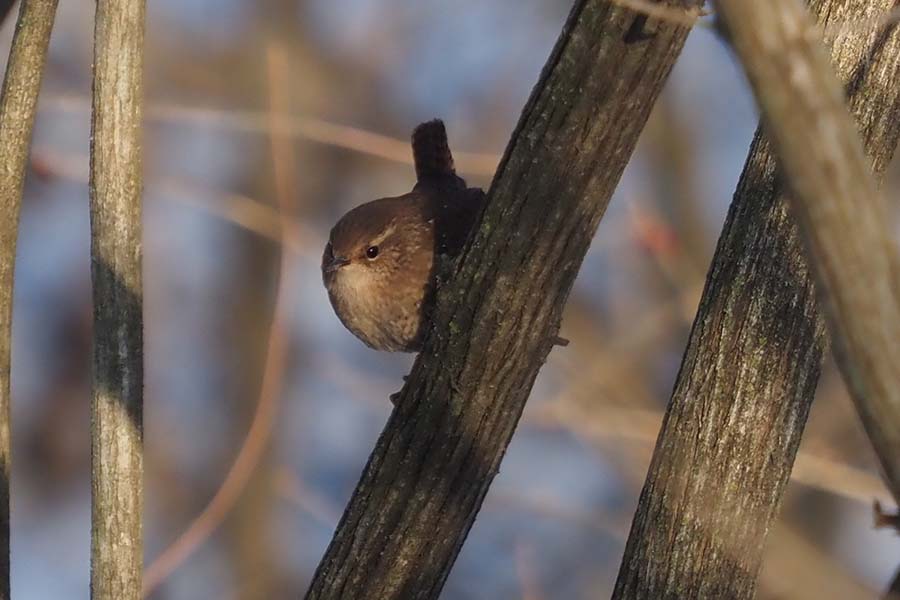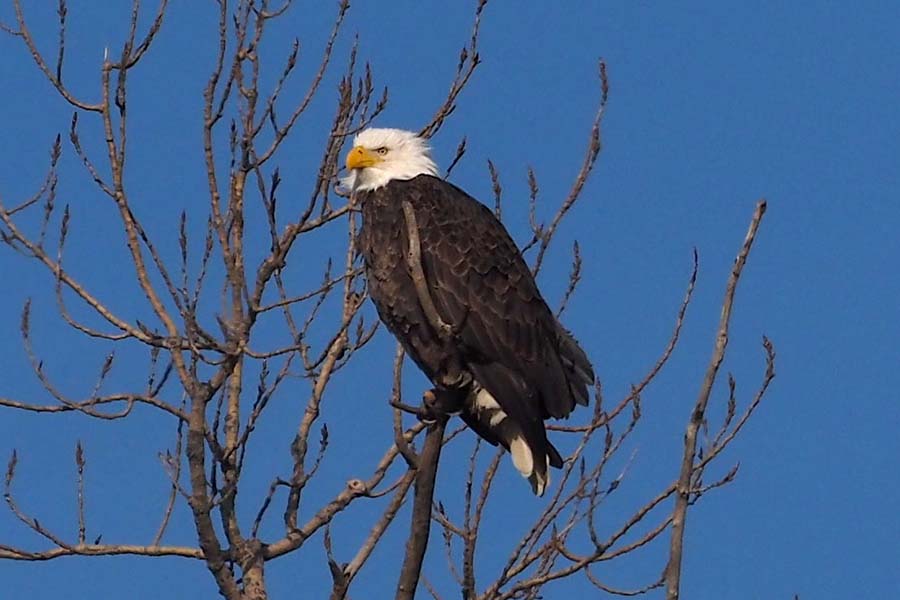

Knox Faculty Lead and Participate in Annual Bird Count for Audubon Society
Members of the Knox College faculty joined other local volunteers for an annual bird count that provides key data to the National Audubon Society as part of a community-based science survey throughout the United States and Canada.
Each local count attempts to census as many birds as can be found within a 15-mile diameter circle, with some of the groups beginning their day in the dark hours before dawn listening for owls. The effort continues through the day, and the local observers drove and walked almost 340 miles to count every sparrow and crow they could find, as well as bald eagles, pileated woodpeckers, and yellow-rumped warblers.
Associate Professor of Biology Jim Mountjoy has coordinated the local count, known as the Eastern Knox County Christmas Bird Count, since 2002. Eight observers in the field, including Professor of Biology Jennifer Templeton and Watson Bartlett Professor of Biology and Conservation Stuart Allison, found 67 species during the most recent count on December 14.
“Once again, an enjoyable day in the field produced some interesting sightings and added to a valuable collection of data on bird populations,” Mountjoy said.
He noted that since the 2021 count marked his 20th time running it, the most recent results can be compared with “what we might now be able to call the 'long-term' averages.”
The 67 species that were found in the latest count represented a slight drop from the long-term average of 70.25 species, Mountjoy said. “But this was anticipated as mild weather such as we had been experiencing usually results in fewer waterfowl species being found, and fewer waterfowl species correlates with lower species totals overall.”
He added that the lack of snow on the day of the count also made it more difficult for volunteers to find certain species, such as horned larks (13 were spotted) and Lapland longspurs (none were spotted).
Some of the scarcer species that volunteers found included ruby-crowned kinglet, long-eared owl, and yellow-bellied sapsucker. “We set or tied record numbers for seven species, including bald eagle (26), winter wren (six), Eurasian tree sparrow (200), common grackle (871), and yellow-rumped warbler (six),” Mountjoy said.
Observers also saw a short-eared owl, 38 trumpeter swans, and three red-breasted nuthatches.
“We managed to find all 33 'reliable' species this year that had been seen on all of the previous counts, but some of those species can be in low numbers and make me worry about missing them,” Mountjoy said. “For example, we found only four Eastern bluebirds and two Carolina wrens, both species apparently reduced in numbers due to high mortality in the cold weather of last February.”
After each year’s count, Mountjoy sends the data to the Audubon Society, which compiles the information gathered by thousands of other volunteers from across the U.S. and Canada. Communities participate in the bird count anytime from December 14 to January 5 every year.
(Photos courtesy of Hai-Dang Phan and Jim Mountjoy)
Published on February 07, 2022



